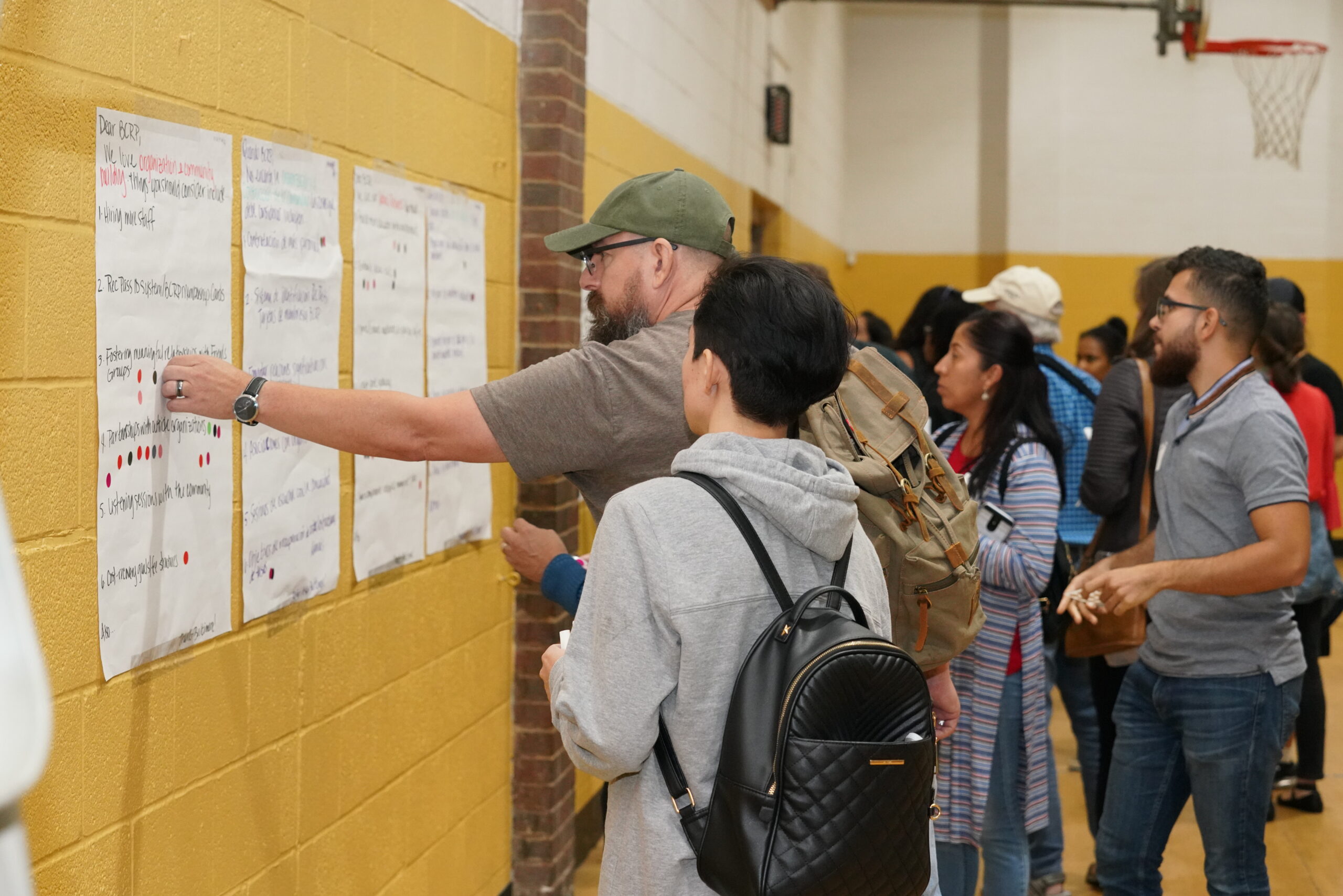In today’s interconnected world, fostering community engagement has become a cornerstone of social progress and development. As communities face diverse challenges, the concept of synergy, where the combined efforts of various stakeholders lead to amplified outcomes, has emerged as a powerful force for positive change. This blog post delves into the remarkable potential of collaborative efforts in driving community engagement, examining real-life examples where synergy has sparked transformative impacts.
II. The Power of Collaborative Community Engagement
At its core, collaborative community engagement involves pooling resources, expertise, and passion to achieve common goals. This approach offers several compelling advantages:
- Amplified Impact and Reach: By working together, community members, organizations, and institutions can magnify their influence and extend their reach far beyond what individual efforts could achieve.
- Shared Resources and Expertise: Collaborative projects allow for the utilization of diverse skill sets, knowledge, and resources, thereby maximizing efficiency and effectiveness.
- Diverse Perspectives and Innovative Solutions: The amalgamation of diverse viewpoints leads to innovative, holistic solutions that cater to a wide array of needs and concerns.
III. Real-Life Examples of Synergistic Community Engagement
A. Local Environmental Conservation Project
In a prime example of synergy, a local environmental conservation project united government agencies, non-profit organizations, residents, and businesses to tackle pressing ecological challenges. Through combined efforts, habitats were preserved, pollution reduced, and awareness of sustainable practices raised. This collaborative endeavor not only revitalized the local ecosystem but also created a sense of shared responsibility and pride within the community.
B. Neighborhood Health and Wellness Initiative
By uniting healthcare professionals, fitness centers, schools, and residents, a neighborhood health and wellness initiative transformed community well-being. Collective efforts led to increased access to healthcare services, fitness programs, and educational resources. As a result, obesity rates decreased, overall fitness levels improved, and a sense of community support blossomed.
C. Art and Culture Revitalization Project
A successful art and culture revitalization project brought together artists, historians, educational institutions, and community leaders. This collaboration breathed new life into forgotten traditions, preserved cultural heritage sites, and nurtured a deeper appreciation for local identity. The project’s success radiated beyond art, enriching the entire community’s sense of belonging and pride.
IV. Key Factors for Successful Collaborative Community Engagement
A. Open Communication and Clear Objectives
Transparent communication and well-defined objectives are crucial for successful collaborations. Regular updates and progress reports foster a sense of accountability and maintain participants’ engagement.
B. Inclusivity and Diversity
A collaborative effort should embrace diverse perspectives and backgrounds, as these enrich problem-solving and decision-making processes. Inclusivity ensures that no voice goes unheard and that the resulting solutions are truly representative.
C. Allocation of Resources and Responsibilities
Efficient resource allocation and clearly defined roles prevent duplication of efforts and optimize outcomes. Each participant’s contributions are recognized and valued, ensuring a harmonious partnership.
D. Adaptability and Flexibility
Collaborations must remain adaptable in the face of challenges. Flexibility allows for the exploration of new strategies and creative solutions, fostering resilience and innovation.
V. Overcoming Challenges in Collaborative Community Engagement
A. Conflict Resolution
Conflict is natural in any collaboration. Addressing conflicts openly and respectfully, with a focus on finding common ground, helps maintain the integrity of the partnership.
B. Sustaining Long-Term Engagement
Preventing burnout and maintaining enthusiasm requires a thoughtful approach. Strategies like setting milestones, acknowledging achievements, and fostering a sense of ownership help sustain engagement over the long term.
VI. Impact Measurement and Evaluation
Measuring and evaluating the outcomes of collaborative efforts are vital for accountability and improvement. Defining key performance indicators (KPIs) and sharing success stories inspire others and refine future initiatives.
Takeaway
Synergy is a catalyst for vibrant and resilient communities. By harnessing the power of collaborative community engagement, we can address challenges, celebrate diversity, and cultivate a sense of belonging that transforms societies. As we move forward, let’s seek out opportunities to unite and collaborate, igniting positive change that ripples through our communities and beyond.

